You are viewing ARCHIVED content published online before January 20, 2025. Please note that this content is NOT UPDATED, and links may not work. Additionally, any previously issued diversity, equity, inclusion or gender-related guidance on this webpage should be considered rescinded. For current information, visit https://www.blm.gov/blog.
Commemorating the 80th anniversary of the Desert Training Center/California-Arizona Maneuver Area
Story and photos by Doran Sanchez, BLM Partnership Outreach and Development Specialist. Historical photos courtesy of the General Patton Memorial Museum.
This month, Americans commemorate the 80th anniversary of the establishment of the Desert Training Center/California –Arizona Maneuver Area (DTC/C-AMA), which represents a critical time and place in our nation’s history. Today, the public lands within the DTC/C-AMA are managed by the Bureau of Land Management (BLM) California Needles Field Office.
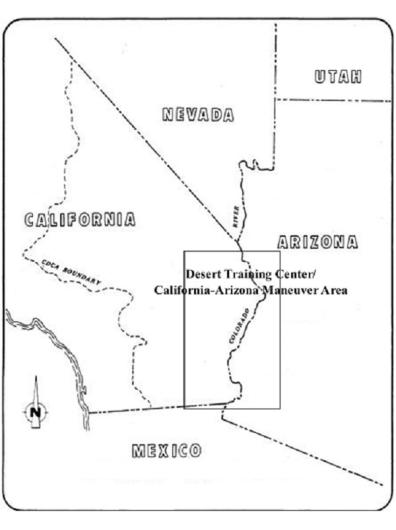
During WW II, in February 1942, the U.S. Army assigned General George S. Patton Jr. to advance desert tank warfare and train U.S. soldiers for combat under the harshest desert conditions possible. In early March, Patton and his officers surveyed the southwestern United States and established the boundary of the Desert Training Center. The Desert Training Center encompassed 18,000 square miles of rugged, desolate and largely uninhabited terrain within the Mojave and Colorado Deserts in southern California, western Arizona, and southern Nevada, making it the largest military instillation and maneuver area in the world. Patton identified sites for twelve divisional camps within the Desert Training Center. The camps were massive tent cities laid out in grids, three miles long by one mile wide, and could house more than 15,000 soldiers at a time.
American soldiers began arriving at the Desert Training Center in early April 1942. Conditions were primitive with no running water and no electricity, except at the Command Center. Desert temperatures were extreme. For the troops, these camps were home for the next several months. Soldiers took pride in their areas and they spelled unit symbols out in rocks, swept streets, and created extensive rock alignments.
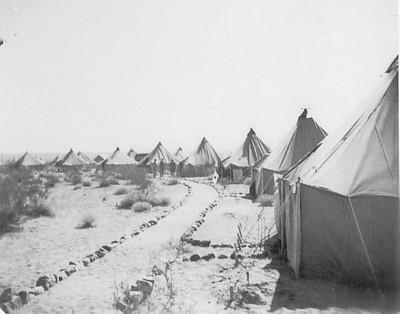
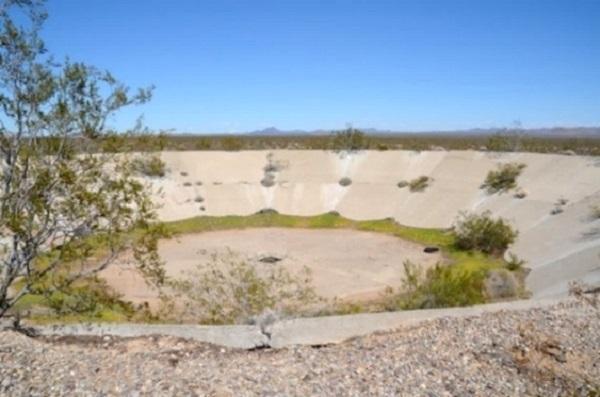
The training regimen at the Desert Training Center was tough. Soldiers underwent hand-to-hand combat, live-fire exercises, demanding day and night marches, and at least one 24-hour exercise with little food and water. Blistering heat, frigid nights and howling desert sandstorms left the camps in disarray and covered everything in sand. Combined with flash floods, snakes, and scorpions, the soldiers were pushed to their limits. Training at the Desert Training Center turned young men into strong, hardened soldiers.
The average tour for desert warfare training was 14 weeks, during which most of the soldiers adapted to the rigors of the desert. Patton refused to take men into combat until they had at least six weeks of desert warfare training and survival.
Patton had more than 38,000 armored vehicles and support equipment, and wanted the ability to train tanks, infantry, artillery, and air support together in one place at the same time. The vastness of the desert was perfect to conduct brigade-level live fire battle operations. Maneuvers could involve as many as 30,000 troops, coordinating with hundreds of tanks and numerous planes over a broad landscape.
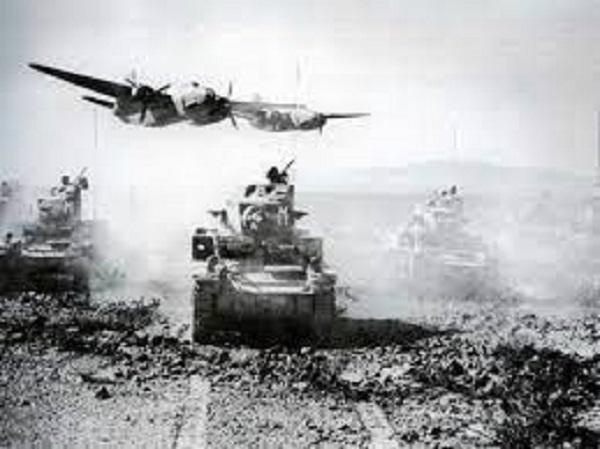
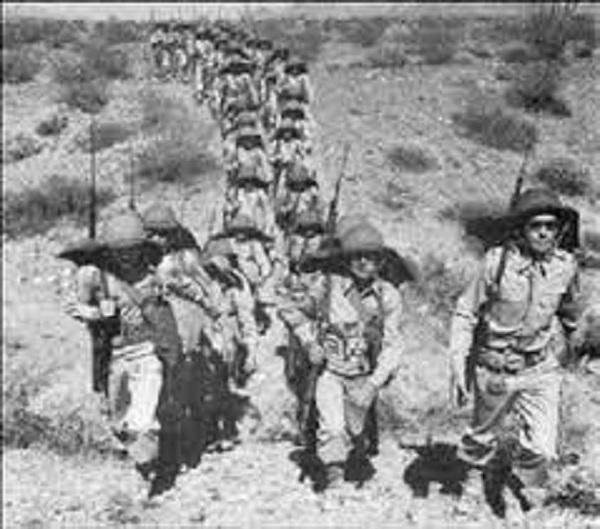
By mid-1943, the primary mission of the Desert Training Center changed. Troops originally trained for desert warfare were now deployed worldwide. In October 1943, the Army changed the name of the training facility to the Desert Training Center/California-Arizona Maneuver Area.
Between April 1942 and April 1944, more than a million soldiers and 60 armored, infantry and artillery divisions, fighter pilots and heavy bomber squadrons trained at the Desert Training Center/California-Arizona Maneuver Area. They participated in what is considered the most realistic war games under the harshest conditions imaginable. In a sense, many battles of World War II were won on these desert lands.
Following the surrender of Japan, the U.S. Army decommissioned the Desert Training Center/California-Arizona Maneuver Area in April 1944, ending the largest simulated theater of operations in the history of military maneuvers. On January 14, 1947, the U.S. Army released almost all the federal military withdrawn lands acquired for the Desert Training Center/California-Arizona Maneuver Area to the Department of the Interior - most of which are public lands managed by the BLM.
The echoes of war are quiet now. . . but not forgotten. Faded tank tracks and airstrips, ghostly grids of tent cities, rock-line roadways and streets, altars, and crumbling foundations serve as silent guardians to the enormity and significance of what took place on America’s desolate deserts lands.
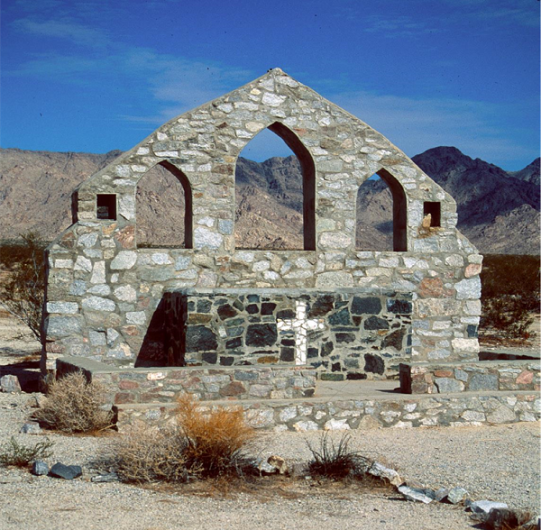
The BLM honors and celebrates this critical chapter of American history and continues to share this important piece of history to current and future generations.
Note: The BLM is dedicated to preserving the remaining features at these historically significant sites through protection and interpretation for the benefit of future generations. When you visit these or other historic sites in the desert, please leave all historic objects as you found them, so they can be enjoyed by those who follow you.
For more information about the DTC/C-AMA, please visit our website at:
BLM California
Related Stories
- Remembering the cattle drive that defined ranching in southeastern Arizona
- Nine years of partnership pays off: Fitzhugh Creek Meadow restoration achieves dramatic results
- Stewardship and smiles at Samoa Dunes: BLM California hosts National Public Lands Day event
- Lake Havasu Fisheries Improvement Program is the gift that keeps giving
- Historic Umtanum Suspension Bridge wins international footbridge award
